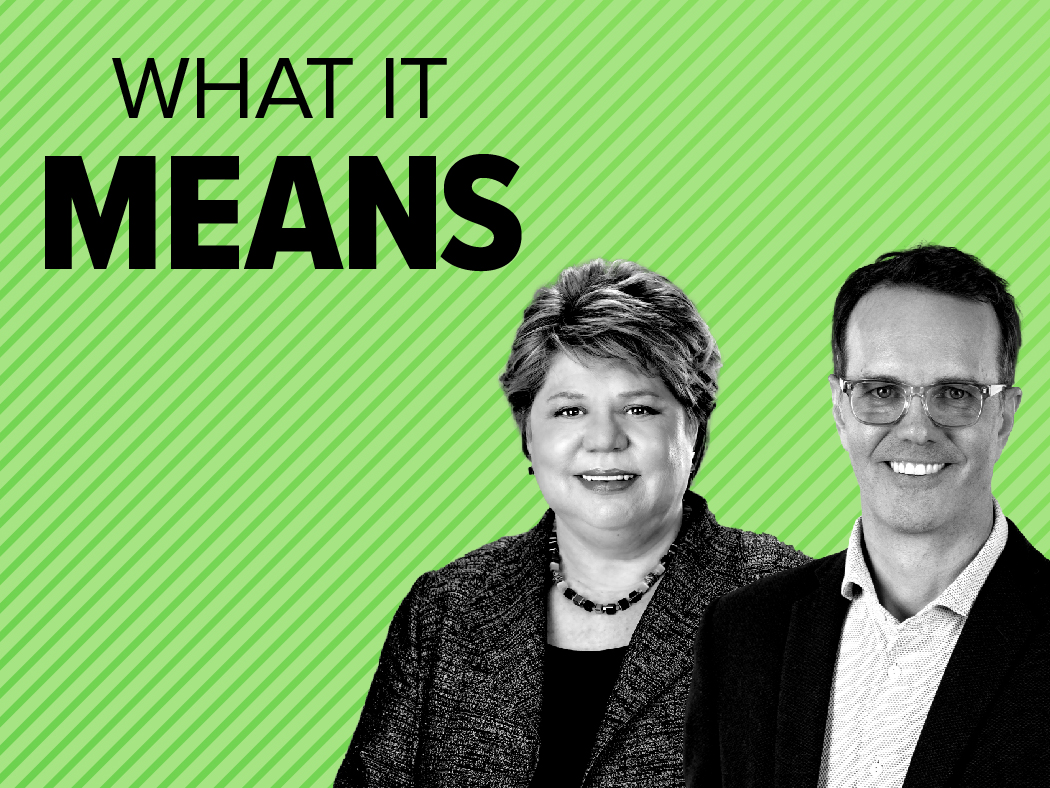Featuring:
Lori Wizdo, VP and Principal Analyst and John Arnold, Principal Analyst
Show Notes:
Amid deep economic uncertainty and fierce market competition, B2B leaders need to focus on building a dependable path to long-term growth. That requires a concerted, cross-functional focus on customers — and implementing what Forrester calls the B2B customer-obsessed growth engine. This week on What It Means, VP and Principal Analyst Lori Wizdo and Principal Analyst John Arnold describe what it takes to successfully do this work.
The short-term tactics that marketing and sales teams often use to win business have worn thin, Wizdo and Arnold note. In a 2022 Forrester survey, 83% of B2B buyers expressed dissatisfaction in one or more areas with a winning vendor in a purchase. To sustain revenue growth and keep customers loyal, B2B marketing leaders need to focus on a few fundamentals, the analysts say — not only at the time of purchase but throughout the customer lifecycle.
The first fundamental — and the core of the customer-obsessed growth engine — is customer value. What matters here, says Wizdo, is how customers perceive value. “I’d wager that most business executives, and certainly most marketers, believe that they are laser-focused on customer value. I’d also wager that those business pros believe in their heart of hearts that value is inherent in their product or in their service,” she says. But “value is something that is realized by the buyer, not gifted by the vendor. We need to think about how value is realized at every stage of the customer lifecycle.”
The second fundamental is cross-functional alignment on providing customer value. Often, the analysts note, B2B alignment efforts center on internal goals, processes, and metrics — and while that’s important, it’s not enough to succeed in today’s buying landscape.
The third piece is a customer-centered technology strategy. “We usually think of technology as an enabler of customer value because it can reduce the friction of experiences and enable improved execution,” says Wizdo. “But tech can also be a new source of customer value, a source of value innovation.”
The analysts explain how B2B leaders can put these principles in action. One way, Arnold notes, is through knowledge sharing. As an example, he cites Forrester survey data showing that just 58% of sales and marketing leaders consider technology to be a personal strength. “It’s hard to implement technology and especially emerging technology successfully when over 40% of your frontline revenue leaders need more technology competency,” he says. “To solve for that, marketing and sales leaders need to partner with their chief technology officer and other IT and product leaders to raise their competency.”
Listen to the full episode to learn more on what achieving customer-centered growth requires.




